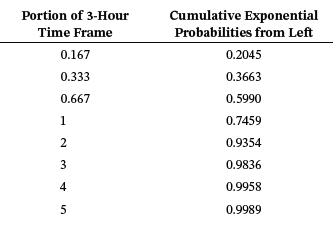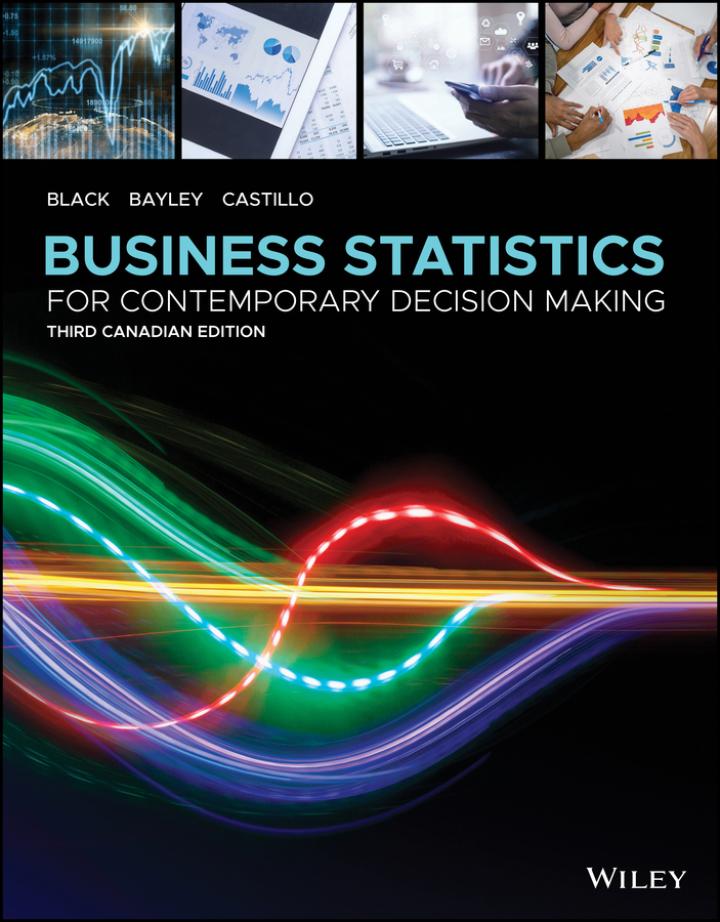Mercedes and BMW have been competing head-to-head for market share in the luxury-car market for more than
Question:
Mercedes and BMW have been competing head-to-head for market share in the luxury-car market for more than three decades. Back in 1959, BMW (Bayerische Motoren Werke) almost went bankrupt and nearly sold out to Daimler-Benz, the maker of Mercedes-Benz cars. BMW was able to recover to the point that in 1992 it passed Mercedes in worldwide sales. Among the reasons for BMW’s success was its ability to sell models that were more luxurious than previous models but still focused on consumer quality and environmental responsibility. In particular, BMW targeted its sales pitch to the younger market, whereas Mercedes retained a more mature customer base. In response to BMW’s success, Mercedes has been trying to change its image by launching several products in an effort to attract younger buyers who are interested in sporty, performance-oriented cars. BMW, influenced by Mercedes, is pushing for more refinement and comfort. In fact, one automotive expert says that Mercedes wants to become BMW, and vice versa. However, according to other experts, the focus is still on luxury and comfort for Mercedes while BMW focuses on performance and driving dynamics. Even though each company produces many different models, two relatively comparable coupe automobiles are the BMW 2 Series Coupe 230i and the Mercedes 250 Coupe. In a recent year, the average market price for the 230i was $38,450 and for the 250 $42,500. Fuel economy for the 230i is 7.3 L/100 km on the highway and 11.1 L/100 km in the city and for the 250 it is 7.3 L/100 km on the highway and 9.9 L/100 km in the city.
Discussion1. Suppose Mercedes is concerned that dealer prices of the 250 are not consistent and that even though the average price is $42,500, actual prices are normally distributed with a standard deviation of $2,981. Suppose also that Mercedes believes that at $41,000, the 250 is priced out of the BMW 230i market. What percentage of the dealer prices for the Mercedes 250 are more than $41,000 and hence priced out of the BMW 230i market? The average price for a BMW 230i is $38,450. Suppose these prices are also normally distributed with a standard deviation of $2,367. Whatpercentage of BMW dealers are pricing the 230i at more than the average price for a 250? What might this mean to BMW if dealers were pricing the 230i at this level? What percentage of Mercedes dealers are pricing the 250 at less than the average price of a 230i?2. Suppose that fuel economy rates for both of these cars are uniformly distributed over a range from 7.8 L/100 km to 11.8 L/ 100 km. What proportion of cars falls into the 8.7 L/100 km to 10.7 L/100 km range? Compute the proportion of cars that get 8.4 L/100 km or less according to these figures. What proportion of cars get more than 10.2 L/100 km?3. Suppose that in one dealership an average of 1.37 250s is sold every 3 hours (during a 12-hour showroom day) and that sales are Poisson distributed. The following Excel-produced probabilities indicate the occurrence of different inter sales times based on this information. Study the output and interpret it for the salespeople. For example, what is the probability that less than an hour will elapse between sales? What is the probability that more than a day (12-hour day) will pass before the next sale after a car has been sold? What can the dealership managers do with such information? How can it help in staffing? How can such information be used as a tracking device for the impact of advertising? Is there a chance that these probabilities would change during the year? If so, why? 1. Suppose administrators in a large hospital organization want to understand and get a handle on the hospital industry. Using the AHA database, construct histograms for Number of Beds, Number of Admissions, Census, Total Expense, and Personnel. Determine the mean and the standard deviation for each. Do any of the distributions presented in this chapter seem to generally fit any of these variables? What might the mean and standard deviation tell you about each variable?2. According to American Hospital Association data, about 30% of all hospitals in the United States are rural community hospitals. If a random sample of 80 U.S. hospitals was drawn, what is the probability that fewer than 20 would be rural community hospitals? If a random sample of 140 U.S. hospitals was drawn, what is the probability that more than 50 would be rural community hospitals?3. From the Hospital database, it can be determined that some hospitals admit around 50 patients per day. Suppose we select a hospital that admits 50 patients per day. Assuming that admittance only occurs within a 12-hour time period each day and that admittance is Poisson distributed, what is the value of λ per hour for this hospital? What is the interarrival time for admittance based on this figure? Suppose a person was just admitted to the hospital. What is the probability that it would be more than 30 minutes before the next person was admitted? What is the probability that there would be less than 10 minutes before the next person was admitted?
1. Suppose administrators in a large hospital organization want to understand and get a handle on the hospital industry. Using the AHA database, construct histograms for Number of Beds, Number of Admissions, Census, Total Expense, and Personnel. Determine the mean and the standard deviation for each. Do any of the distributions presented in this chapter seem to generally fit any of these variables? What might the mean and standard deviation tell you about each variable?2. According to American Hospital Association data, about 30% of all hospitals in the United States are rural community hospitals. If a random sample of 80 U.S. hospitals was drawn, what is the probability that fewer than 20 would be rural community hospitals? If a random sample of 140 U.S. hospitals was drawn, what is the probability that more than 50 would be rural community hospitals?3. From the Hospital database, it can be determined that some hospitals admit around 50 patients per day. Suppose we select a hospital that admits 50 patients per day. Assuming that admittance only occurs within a 12-hour time period each day and that admittance is Poisson distributed, what is the value of λ per hour for this hospital? What is the interarrival time for admittance based on this figure? Suppose a person was just admitted to the hospital. What is the probability that it would be more than 30 minutes before the next person was admitted? What is the probability that there would be less than 10 minutes before the next person was admitted?
Step by Step Answer:

Business Statistics For Contemporary Decision Making
ISBN: 9781119577621
3rd Canadian Edition
Authors: Ken Black, Ignacio Castillo





